Antelope Canyon, Arizona

Antelope Canyon is a series of slot canyons in northern Arizona outside the town of Page. Located on Navajo Indian land, the only way to visit is on a guided tour. On my whirlwind tour of Southern Utah and Northern Arizona, Antelope Canyon was a must-photograph location.
There are a few different companies to use for the tours, but I decided to take the ‘photography tour’ with Adventurous Antelope Canyon Photo Tours, as recommended on Trip Advisor. The cost was $86 for a 2.5 hour tour with 2 hours in the canyon. You meet at a small parking lot on the east side of Page, huddled under the shade to escape the intense desert sun.
I arrived in plenty of time and after paying in cash (credit card were 5% extra), I grabbed a seat in their open windowed Suburban.
It’s hard to find the words to describe this car and the condition it was in. There was sand everywhere. The seats were gray vinyl, cracked from the intense Arizona sun. Seat belts were optional as the driver sped through the thick sandy path to the canyon.
Once we parked we quickly got out of the car and started heading to the entrance. Our guide mentioned that having a clear day and the sun high in the sky was needed to see the popular light beams.
In most places, the canyon looked like this: a narrow, windy path with high walls. It’s formation occurred over thousands of years due to the erosion of sandstone primarily due to flash floods. These floods however can be deadly and 11 tourists died in 1997 after a heavy rain storm.
Due to the amount of people in the canyon, it was difficult at times to get a picture without anyone else in it. You either had to be patient or wait until the other groups walked past. The guides tried to fix this by holding their group up around the corner until it was clear to walk through so that definitely helped.

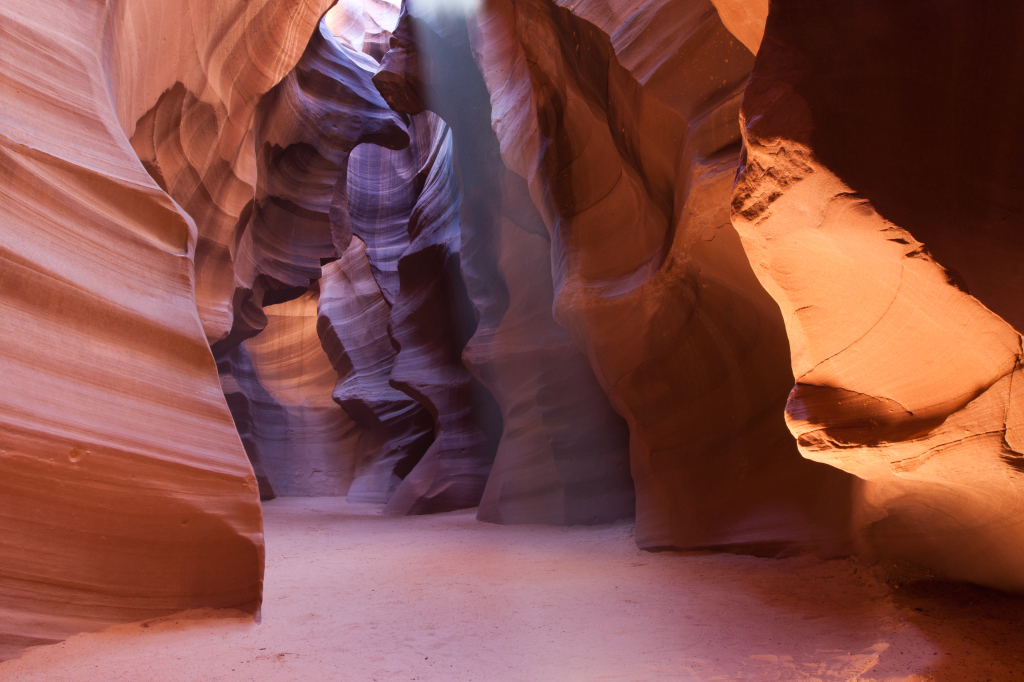
If you’re looking to take a photograph and not a snapshot, a tripod was absolutely necessary. On the bottom of the canyon floor there isn’t much light – to get a properly exposed picture at f/10, you needed a shutter speed of 2 seconds; not really feasible to handhold a camera that long. Also due to the high dynamic range of the scene (basically the difference between the brightest area and the darkest area), some people bracket their photos and then combine them later. In order to do that, the camera has to be absolutely still – another reason to use a tripod.
Being on a photography tour, we were treated a little bit differently. As we walked through the canyon, our guide made sure to point out good locations for pictures. Other groups (without the concentration on photography) walked past us and their guides were literally holding their cameras and taking the picture for them. Much more efficient but you lost the fun behind taking the picture yourself.
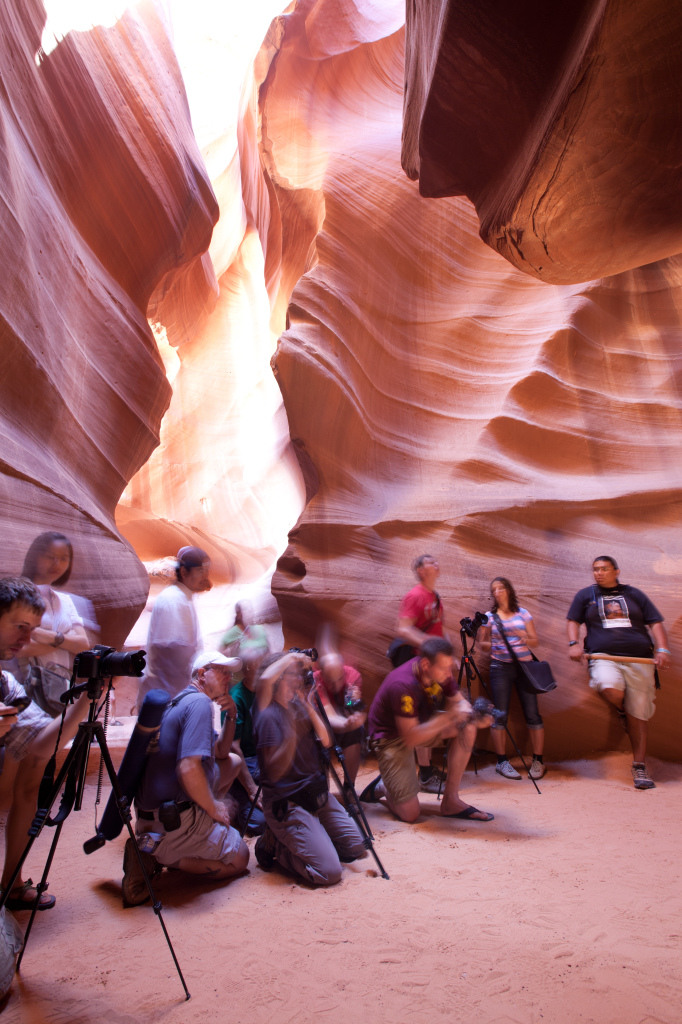
Light beams
After walking through the canyon, we waited for the other groups to clear out and then headed to about four different locations to see the light beams. The beams are most prominent in summer when the sun is high in the sky and even then, they only appear for about 30 minutes. These pictures were taken between 11:45 am and 12:15 pm.
In order to make them visible, our guide grabbed a small scoop shovel and picked sand off the ground then threw it in the air. He’d then quickly get out of the way and the camera shutters would fly.
Because of the guide throwing sand, the whole light beams seemed fabricated and inauthentic. When you see pictures online you’d like to think that scene happened naturally, but that’s definitely not the case. However it wasn’t too much to spoil the experience in my opinion.
It ended up being a whirlwind of a 90 minute tour. The canyon is fairly short, only about 1/8th of a mile, but there are tons of opportunities to take pictures. There’s one bad thing about a tour like this: it’s hard to take an original picture that hasn’t already been captured 1000 times. That’s one area of my photography I need to improve – being more creative.
But overall I’m happy with the pictures I got. I ended up renting a 16-35 f/2.8 lens for this trip and I’m glad I did. Some pictures would have been impossible without a wide angle lens and a full frame camera. If I were to do it again, I would probably take two tours – one during midday for the light beams and another in the afternoon when it wasn’t too crowded. The crowds were a bit much at times (not that I can complain, I was part of the problem) but as something on my photographic bucket list, I had to knock it out.
Date visited: 6 Sep 2012
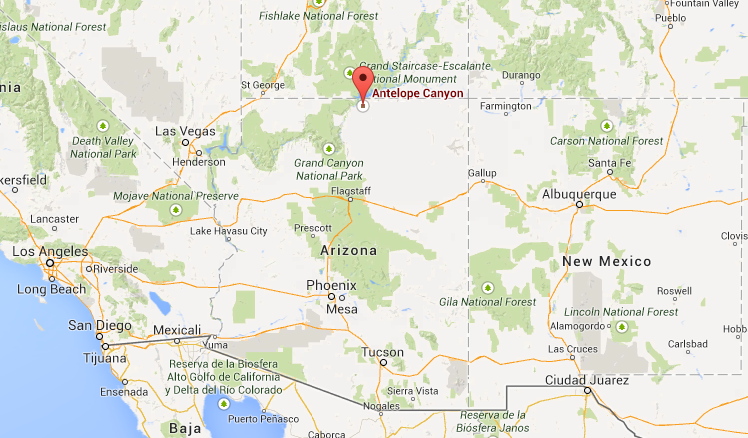
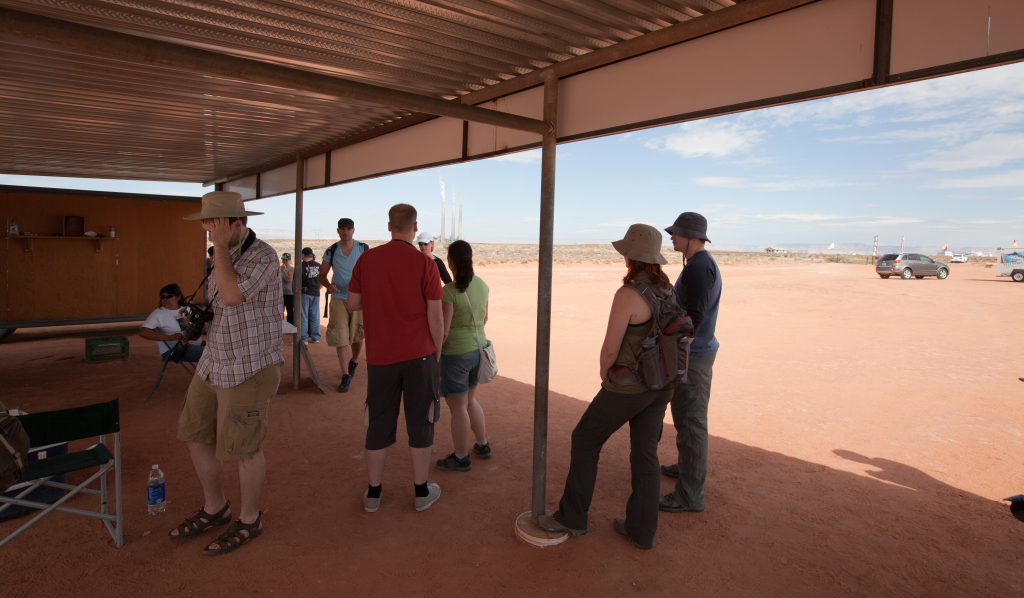
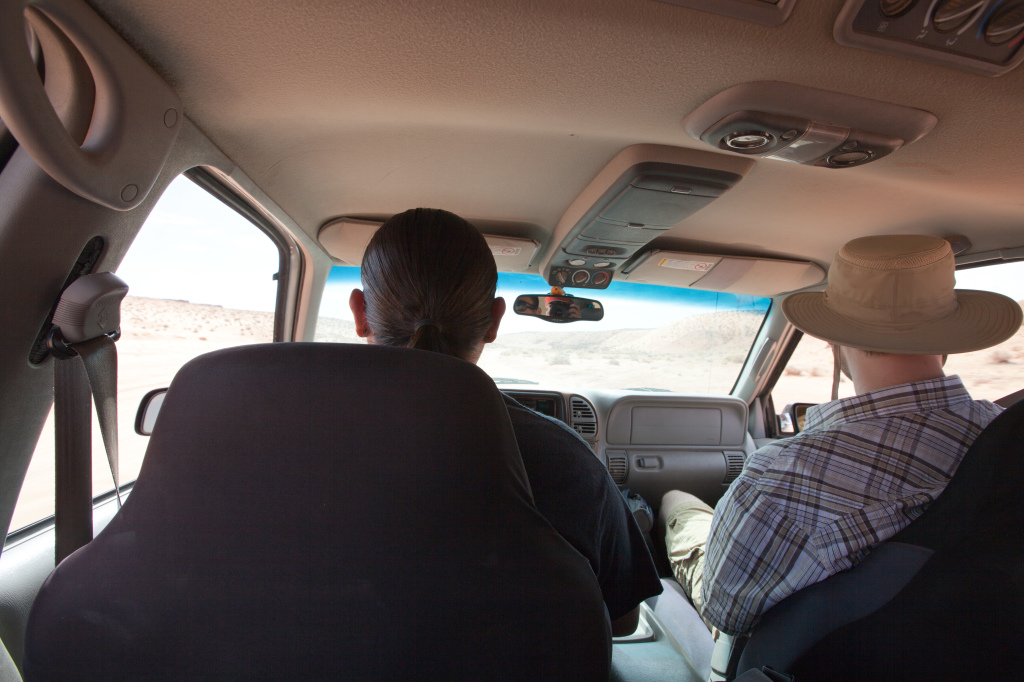
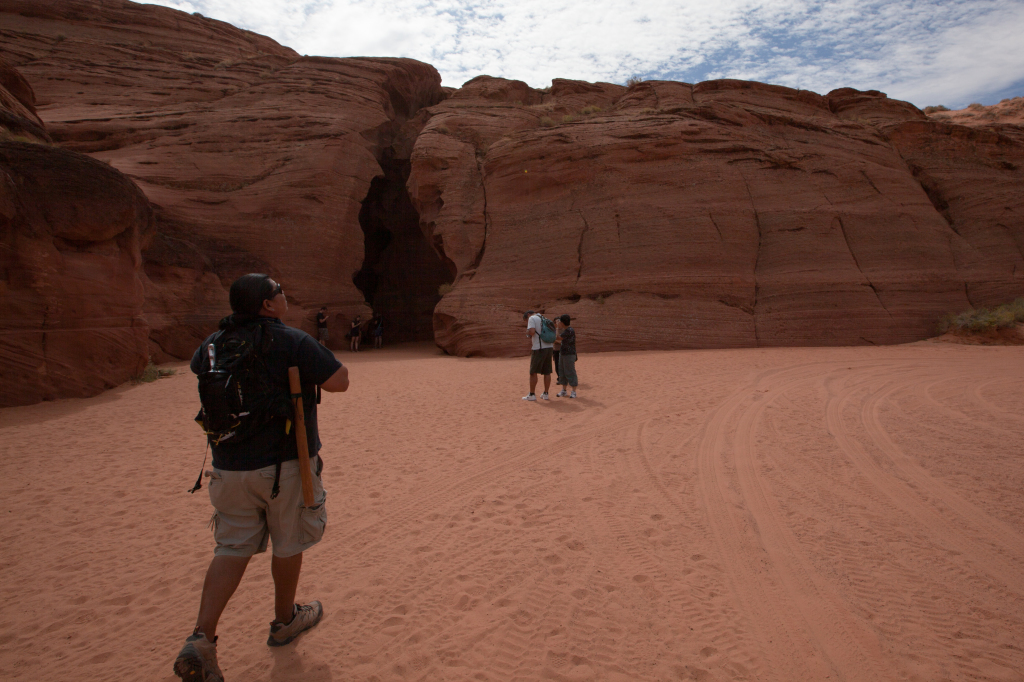
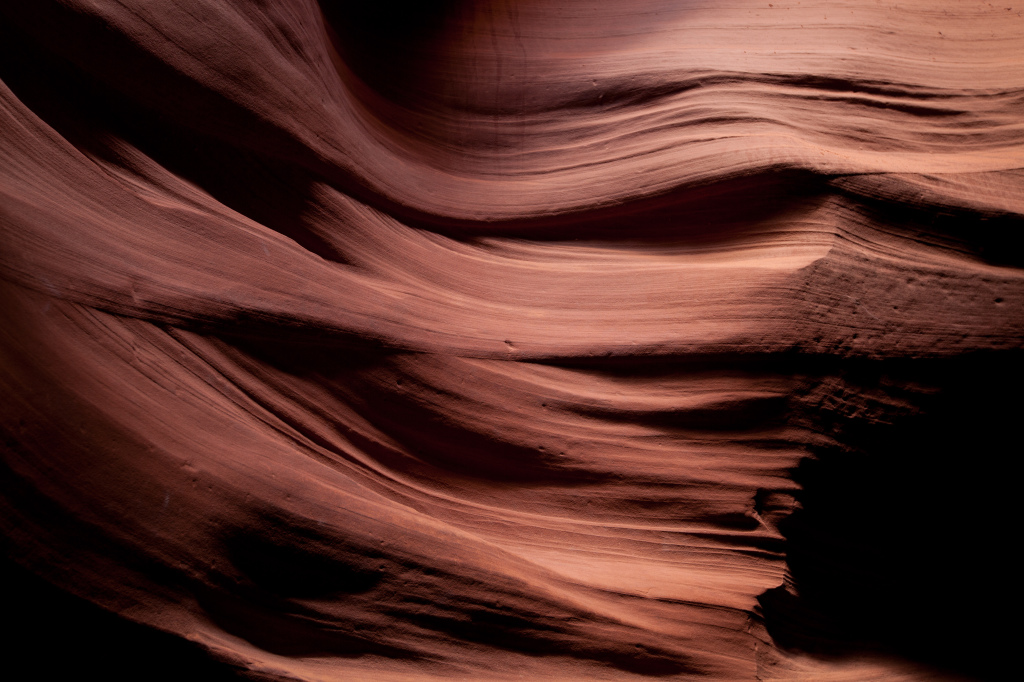
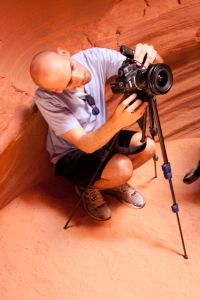
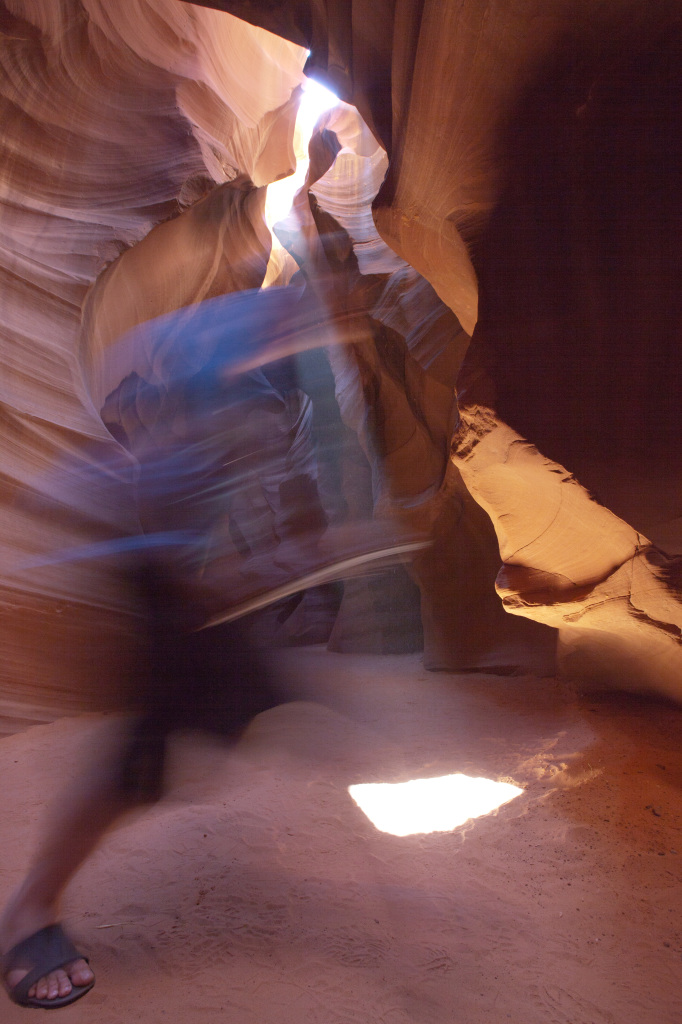
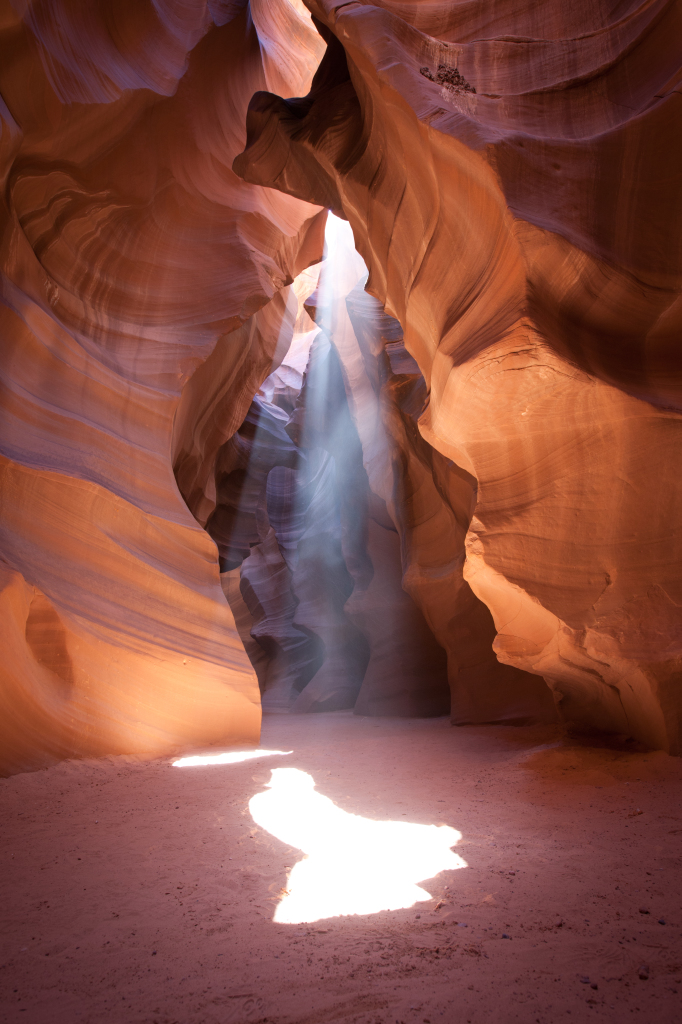
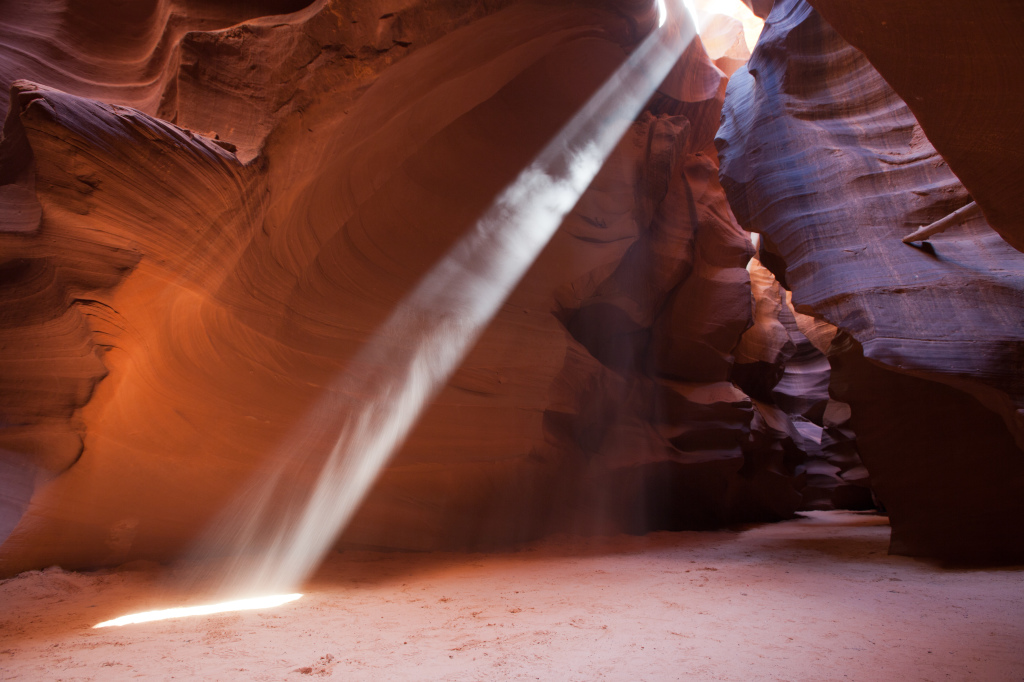
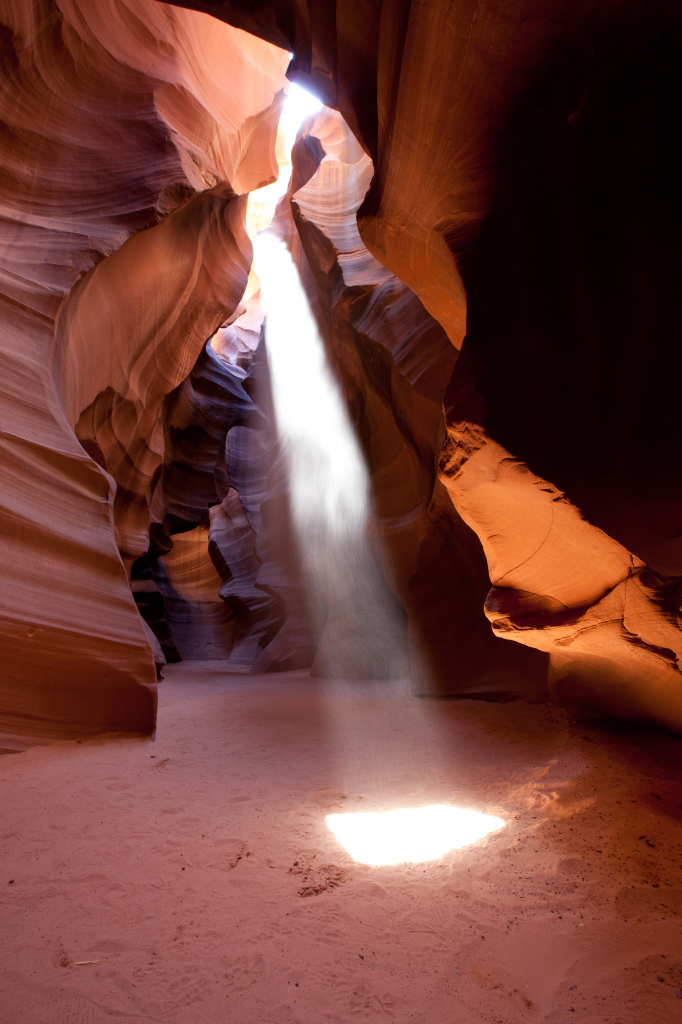
I had never thought to differentiate between a snapshot and a photograph. Where do you draw the line? Is it in the final quality or in the intent?
I’d say the intent. Snapshots are often used to remember a place or show that you were there whereas a photograph is more for art.